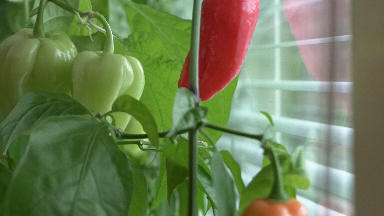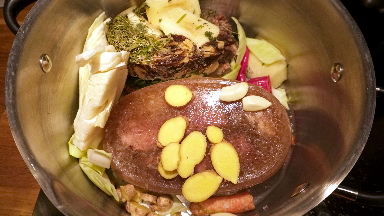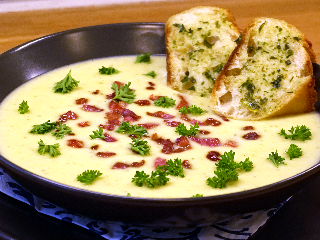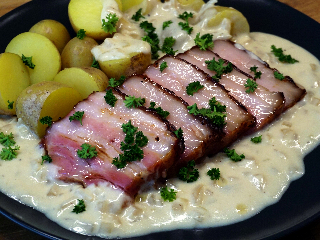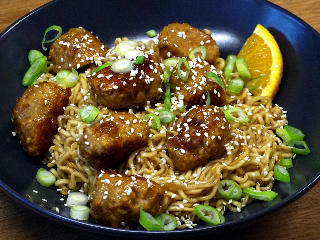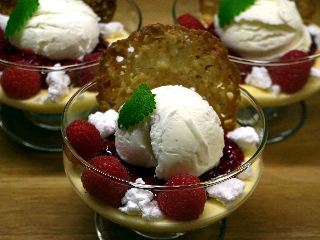Chili Peppers measured by Scoville Heat Units (SHU).
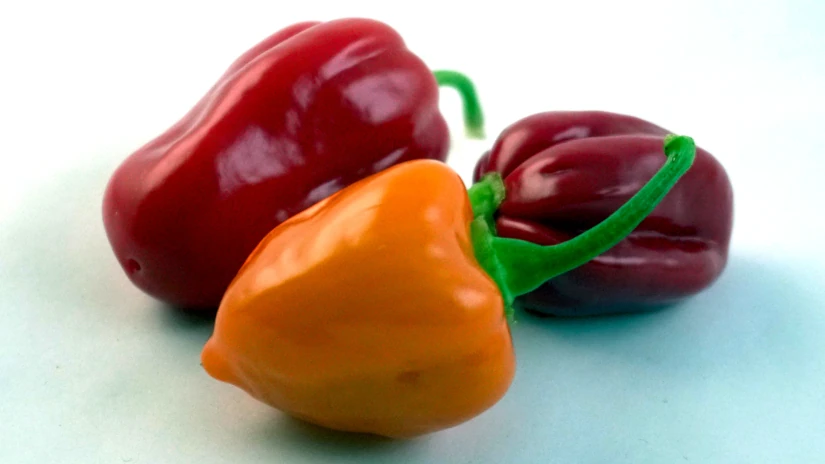
The Scoville scale is a way to measure how hot or strong a chili pepper is. This is measured in the "Scoville Heat Units (SHU)" which is primarily based on the concentration of capsaicin.
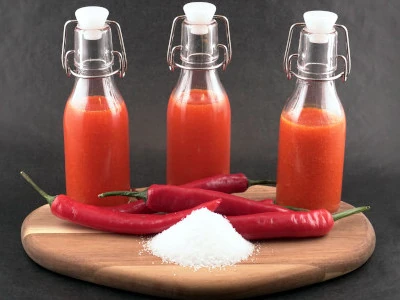
Capsaicin is an odorless and colorless substance that is the cause of the perceived heat in chili fruits. In cooking, it can be good to remember that the substance is fat-soluble and that you can alleviate the burning sensation by consuming fatty foods such as peanuts and milk. Alcoholic beverages also dissolve capsaicin.
If you choose to use one of the stronger chilies on the scale, you should use plastic gloves as otherwise it can sting quite a lot. And even with the weaker variants, you should make sure to keep your fingers away from your eyes as it can cause severe discomfort and possible damage. I have inadvertently tried this with a regular, not particularly hot, chili and can state that it is not recommended. In general, it is not a problem to handle chilis, but you have to take into account any mistakes and be careful.
Capsaicin is also the active ingredient in pepper spray. When the substance comes in contact with the skin, a strong and intense pain is experienced. Pepper spray can vary in strength between 500,000 and 5 million on the scoville scale. Pure capsaicin has a strength of 15-16 million.
Symptoms of capsaicin overdose include respiratory problems, blue skin and seizures. Very large doses are required to seriously harm an adult, so accidental poisoning by chili consumption is unlikely.
"Scoville organoleptic test"
The Scoville scale is named after the creator Wilbur Scoville, whose method from 1912 is known as "the Scoville organoleptic test". In this test, a chili pepper is dissolved in alcohol to extract capsaicinoids, which are then diluted with sugar water. Decreasing concentrations are then given to a panel of testers until a majority of these can no longer detect any heat. SHU is thus based on how diluted the original solution is. As an example, you can take a habanero and dilute it with 300 liters of water. If you can just feel the strength of that solution, the chili then has a SHU of 300,000.
Weaknesses in the method are primarily that it does not take into account human subjectivity which is due to the tester´s physics where the number of receptors can vary greatly between different people. Another weakness is that people are generally blunted against detecting heat after testing a number of samples in a short time.
"HPLC pungency units"
Since the 1980s, the heat in chili has instead been measured with "High-performance liquid chromatography" which then measures the concentration of primary capsaicin in a laboratory. The result of such a test can then be converted to SHU by multiplying by 16.
Some chilies and its SHU
The heat of many chilis varies quite sharply and that is why it is normal to see a range instead of an exact number. The way chili has been grown (climate, soil, humidity, etc.) and some uncertainty in lab results are some of the factors that cause these values to vary, in some cases even up to a factor of 10. The chili with the highest measured SHU is currently "Pepper X" with a value of over 3 million.
| SHU | ||
|---|---|---|
| 1 400 000 - 2 200 000 | Carolina Reaper |  |
| 750 000 - 1 500 000 | Trinidad Moruga scorpion |  |
| 855 000 - 1 041 427 | Bhut Jolokia (Ghost Pepper, Naga Jolokia) |  |
| 100 000 - 350 000 | Habanero |  |
| 50 000 - 175 000 | Piri Piri |  |
| 30 000 - 50 000 | Lemon drop (hot lemon) |  |
| 30 000 - 50 000 | Cayenne |  |
| 15 000 | Vampire |  |
| 5 000 - 15 000 | Dutch |  |
| 3 500 - 8 000 | Jalapeño |  |
| 1 000 - 1 500 | Ancho |  |
| 0-100 | Bell Pepper |  |
